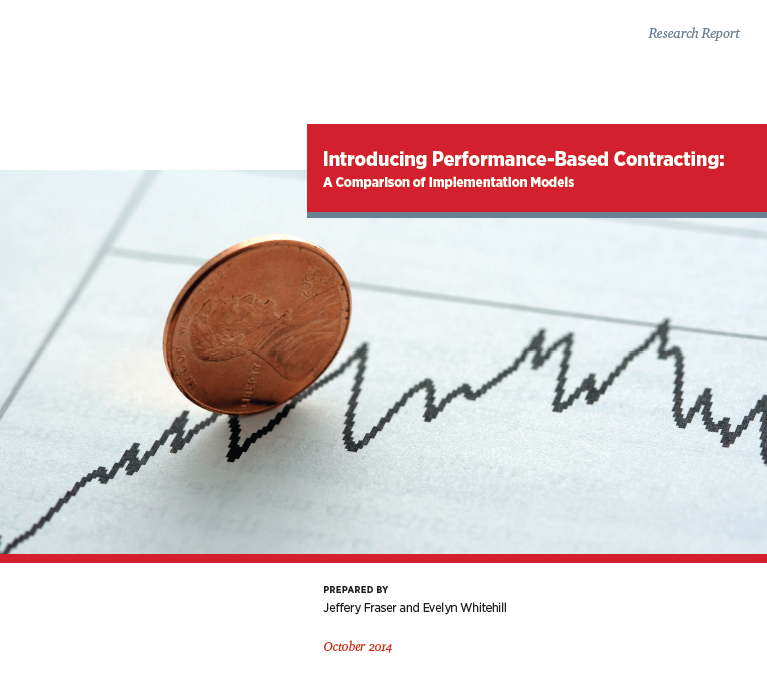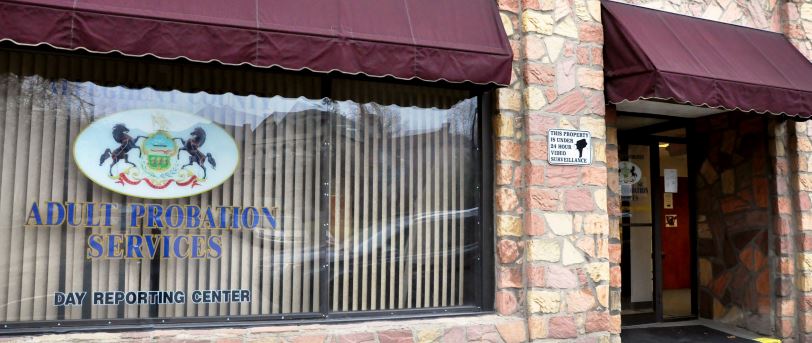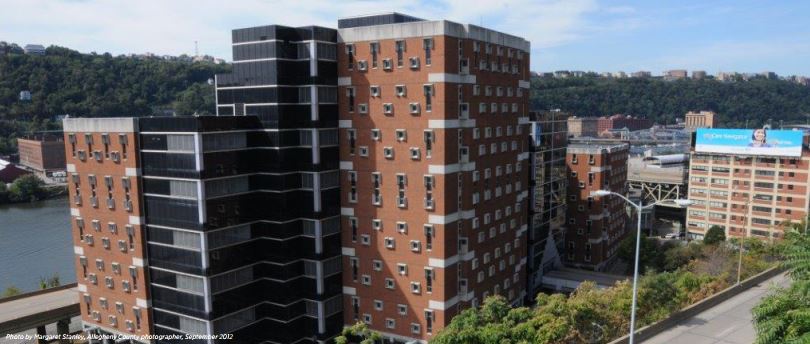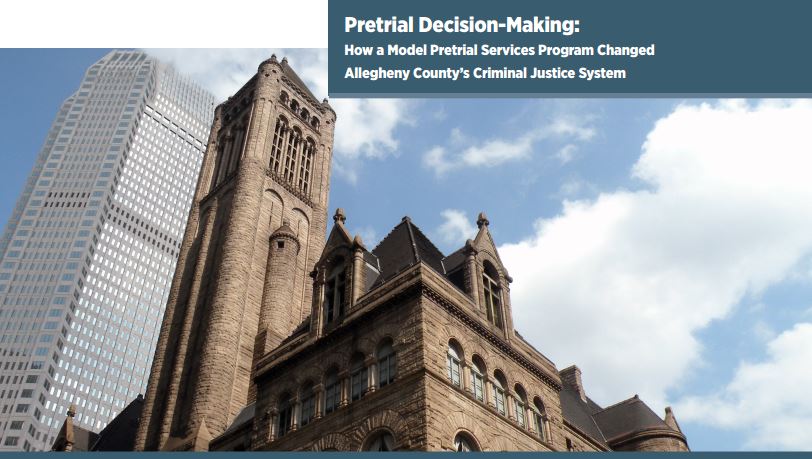A new and improved security risk classification system was recently implemented in the Allegheny County Jail. Each inmate is assessed through the use of a validated tool and assigned a score – ranging from minimum to maximum risk – that is used to make housing and programming decisions. The new system is a result of an extensive process that involved external consultants, internal planning, revised procedures and staff training. The results: reductions in paperwork and the backlog of inmates awaiting classification; a bias-free process that has resulted in decreases in the population classified as maximum risk and increases in the populations of medium and minimum risk; and increased programming and housing opportunities for inmates who were previously, and unnecessarily, classified as maximum risk.
Click here to read the full data brief.
Writer: Molly Morrill
Analysis: Chloe Bohm





